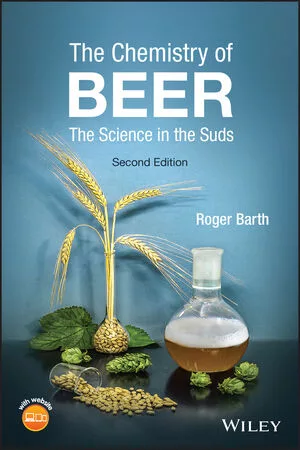Operations Perspective
SKUs have domino effect on beverage supply chain process
Ingredients, packaging and warehousing feel effects of SKU proliferation
In the beverage industry, SKUs have been and will continue to be one of the major operating issues in the supply chain. Yet, one can ask, why are SKUs so important, why do they top the list of challenges and how are they handled and controlled in real time?
The answers to why, who and how are lengthy and complex from most any viewpoint; however, it is a fact that when new products and related packages are created, proper IDs must be established to identify their entry into the massive existing mix within any beverage segment. Such identity previously established on existing packages provides factual evidence that the constant change syndrome (CCS) is in full force as SKUs establish themselves as real time impact creators that must be constantly addressed.
From an operations perspective, the logical start point for analyzing what impacts exist or have the potential of being alive is the beverage supply chain at a producer’s manufacturing facility. Using the common items involved — materials, machinery and labor — an initial impact analysis can be made.
Looking at the materials, when a new product is created with different ingredients than existing mixes, producer capability might not be able to properly handle new components requiring new or additional processing methods, time and/or expense.
With new materials, existing machinery and equipment might not be able to process the new product, which requires advanced processing systems to be acquired. In addition, new products might also demand personnel with different skill levels to adequately do processing tasks that previously did not exist.
Every new product might not require major overhaul of existing infrastructure; however, the issues outlined represent real time conditions that impact processing tasks.
The next step, after the product SKU is established, is addressing packaging production lines. Here, the impacts, like high frequency changes, special capability adjustments, greater or lesser line speeds and packaging configurations can be different for each SKU being produced. This can significantly impact line efficiency and productivity because one size does not fit all.
Besides the entry of new products/packages, a major thrust of the SKU issue is with existing products that are subjected to packaging changes and the creation of new SKUs.
After packaging production, warehouse storing/retrieving SKUs can have a real impact on how these tasks are performed. Will manual stacking occur; will grid aligned racks be used; how will retrieval be done; is automation used? Any of these situations can present difficulties when tracking SKUs for inventory and control purposes.
Therefore, being able to use SKUs for executing inventory controls or tracking other situation categories means SKUs will impact whatever warehouse storing methodologies are used. Accomplishing the storing task is part of the storage and retrieval undertaking and has led to semi-automated or fully automated warehouses that are necessary to keep track of burgeoning SKUs.
The retrieving portion of the warehousing task is divided into two parts. Part One is physical removal of SKUs from a given location, which is the result of order processing and picking. The SKU, thus, impacts the system used for retrieving packages. Part Two is the movement of SKUs to a staging/loading area that involves the loading/unloading of delivery vehicles. Here, SKUs impact loading either full or partial pallets or individual packages into customized bays before distribution activity to market.
In addition, SKU magnitude can impact what can or cannot be loaded for specific delivery routes resulting in multi-trips or larger delivery vehicles. From a producer’s viewpoint, SKU impacts become less critical and the ability to minimize them essentially terminates; however, the SKU impacts continue and do not end at this point.
The marketplace where selling is the goal has SKU impacts too. The retail outlets have space limitations and when SKUs increase, the space issue presents a real time impact.
SKU identity is effective and essential throughout the supply chain. Many approaches have been used to minimize SKUs; however, they will not disappear and will continue to add to a producer’s list forever. From any viewpoint, operations, engineering or marketing, the issues of competition, demographics, etc., all will be driving factors that create SKUs and related impacts.
Remember, SKU control is necessary, prudent, possible and recommended — establish a system, monitor activity and use realistic guidelines to maintain geographic operating conditions.
Looking for a reprint of this article?
From high-res PDFs to custom plaques, order your copy today!





